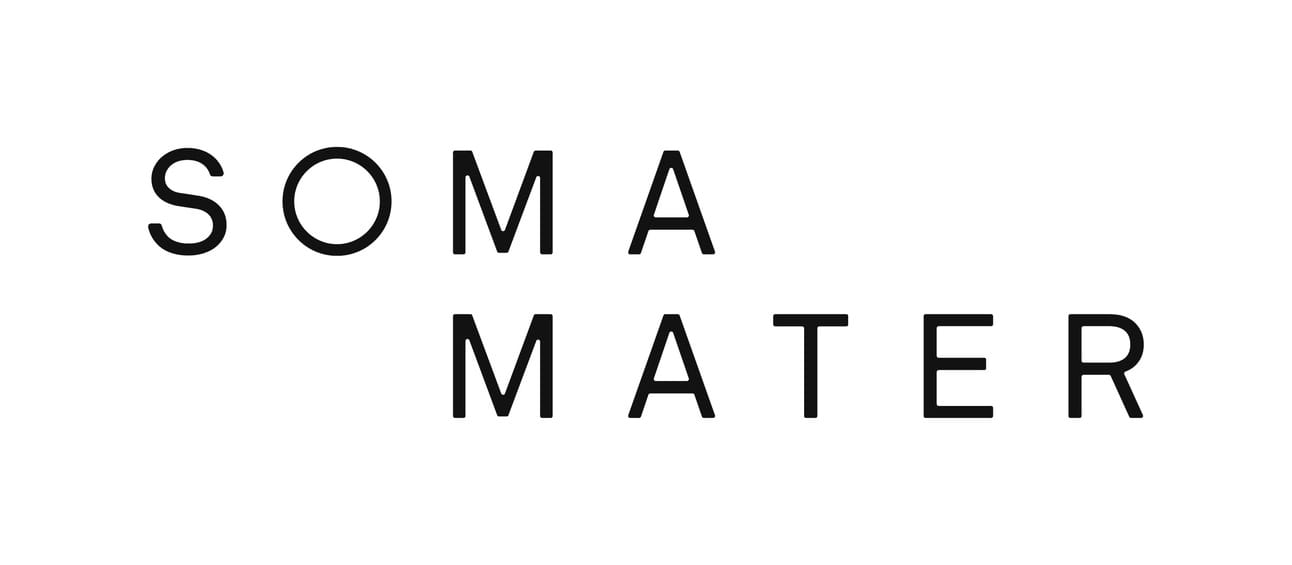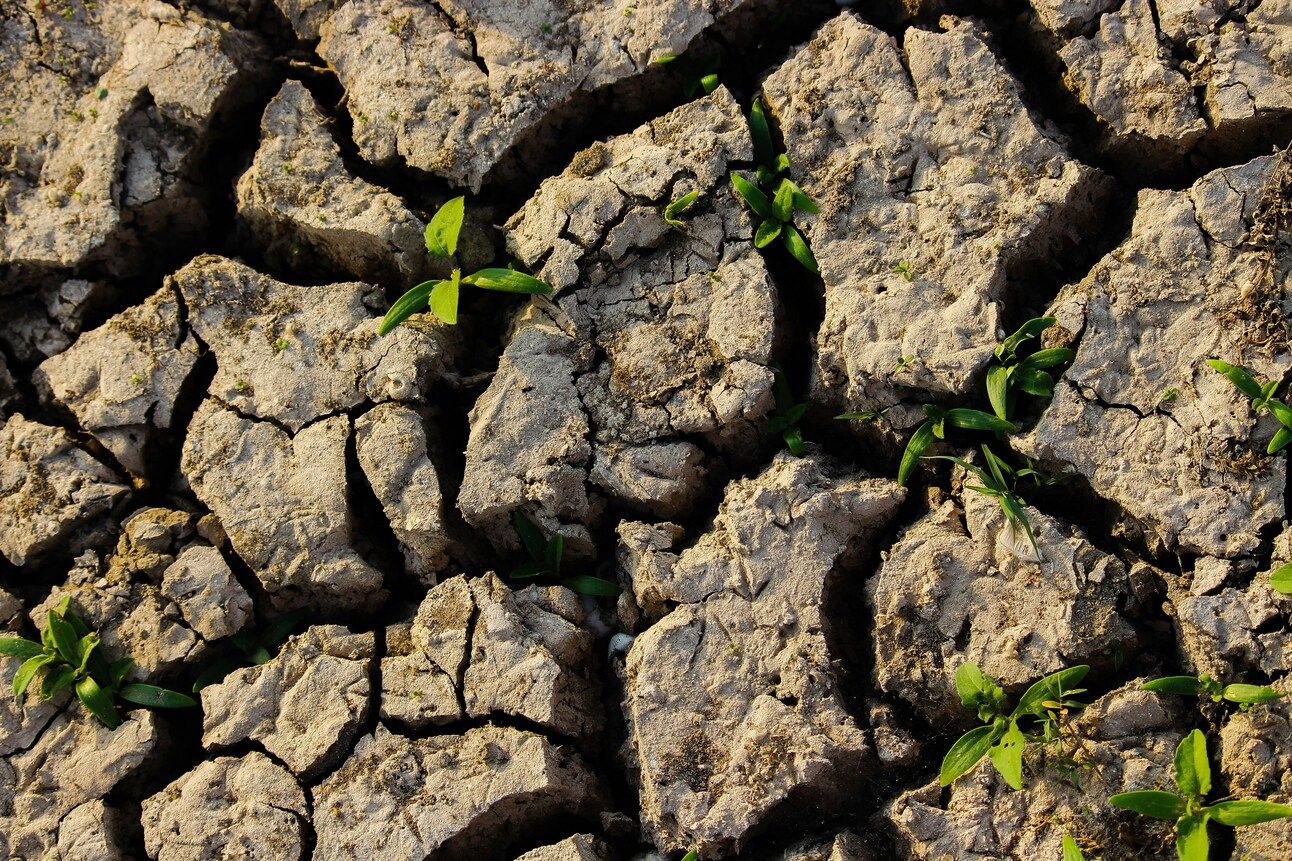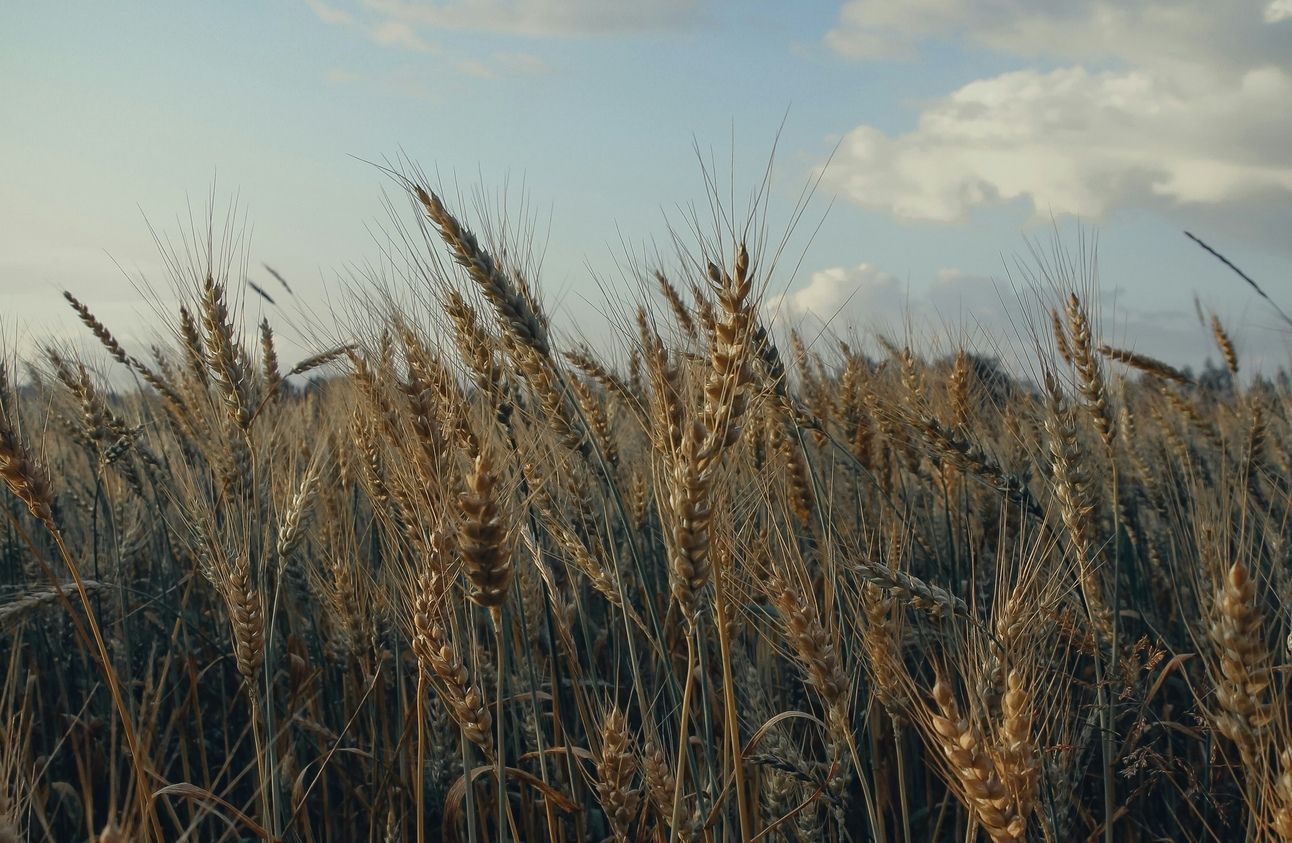- Soma Mater's Newsletter
- Posts
- SOMA Newsletter
SOMA Newsletter

Welcome to the SOMA MATER weekly newsletter.
At SOMA MATER, we specialize in delivering comprehensive research and advisory services with a focus on Food & Water Security and Net Zero Transition in the MENA Region. In order to support our subscribing clients in navigating these topics and understanding the regional narrative, we produce monthly Food and Water Security and Net Zero Transition Intelligence Reports, along with our in-depth analysis and insights.
This weekly newsletter highlights the top 3 stories from the past week in Food and Water Security and Net Zero transition, along with SOMA MATER's analysis and perspective.
What are the key challenges facing food security in the Arab region and how do these challenges manifest in both undernourishment and obesity rates?
How has climate change been permanently affecting global soil moisture levels since 2000?
How does Russia's projected grain production decline in 2025 relate to food security in the MENA region?
Sustainably yours,
The SOMA team
Arab Hunger Games: The Quest for Food Security
#FoodandWaterSecurity

The Arab Food Systems Assessment Tool, developed in an ESCWA (United Nations Economic and Social Commission for Western Asia) report, evaluates and enhances food security in the Arab region. The region faces significant challenges, with 33.3% of the population experiencing food insecurity as of 2020, including high rates of undernourishment (11.9%) and obesity (28.6%). The framework assesses six dimensions of food security—availability, access, utilization, stability, agency, and sustainability—while classifying food systems as traditional, emerging, or modernizing.
The report identifies key drivers shaping the region's challenges: severe environmental pressures—with 75% of rain-fed cropland affected by soil degradation—and heavy reliance on food imports, particularly wheat (61.4%). Stark income inequality persists, with the top 1% earns 128 times more than the bottom 50%. Rapid urbanization (60% urban population) adds further strain to food security. The environmental toll is significant: agriculture consuming over 75% of renewable water resources, while 76-132kg of food wasted per capita yearly throughout the supply chain.
The MENA region faces a dual nutritional challenge: 52 million people suffer from chronic undernutrition, while 58% of adults are overweight or obese. Though the region produces sufficient food to meet basic needs, it struggles with uneven distribution and access to healthy food due to poor agricultural productivity, climate challenges, political instability, and shifting lifestyles. These twin challenges severely impact public health, calling for a comprehensive approach that strengthens food distribution, encourages healthy diets, and builds resilience to food insecurity.
SOMA’s Perspective:
Food security issues in the Arab world are far more complex than initially appears, and this report demonstrates how. Even in countries with adequate food supply, there are significant challenges. According to our research, while many countries in the region, including Egypt, Mauritania, Morocco, Lebanon, Algeria, Djibouti, Iraq, Tunisia, Yemen, Libya, Palestine, Syria, and Comoros, have basic food security strategies, they still lack accessible and comprehensive dietary guidelines. This gap is largely due to political fragmentation and poor coordination between agencies, with some countries still missing even fundamental food policy frameworks.
Sources:
Ground Zero: The Great Moisture Escape
#FoodandWaterSecurity

A recent study published in Science reveals a "permanent" shift in the Earth's water cycle, marked by declines in global soil moisture levels since the year 2000. The research combines data from satellites, sea level measurements, and polar motion observations to highlight how rising global temperatures can alter our planet's water distribution patterns.
The study documents a dramatic loss of soil moisture, with 1,614 gigatonnes of water depleted during 2000-2002, followed by an additional loss of 1,009 gigatonnes between 2002 and 2016. This decline has shown no signs of recovery as of 2021, suggesting an irreversible trend under current climate conditions. For perspective, this water loss surpasses ice loss observed in Greenland during 2002-2006, which amounted to 900 gigatonnes.
Two key factors are driving this concerning trend: shifting rainfall patterns and increasing "evaporative demand" - the atmosphere's growing thirst for moisture as temperatures rise. Even during periods of increased rainfall, soil moisture levels are failing to fully recover. The study's findings are further validated by observations of sea level rise and Earth's polar motion, with the terrestrial water loss contributing significantly to global sea level rise, adding almost 2mm annually during the critical 2000-2002 period.
SOMA’s Perspective:
Each soil area has a natural moisture capacity, but increasing dryness is permanently reducing this capacity. Even with extensive irrigation efforts, soil can no longer retain and maintain historical moisture levels. This moisture loss is one of the primary drivers of desertification in affected areas. SOMA's research in the region reveals the implications of this phenomenon, particularly its effects on regional rainfall patterns and aquifer systems. Iraq illustrates this impact, losing approximately 10,000 hectares of farmland to desertification annually. Precipitation patterns are becoming both more sporadic and intense. Data indicates that maximum daily precipitation (RX1DAY) will increase, especially in the South/Southeast of the Arabian Peninsula, heightening flash flood risks. These combined factors are severely impacting agricultural output. Recent regional data shows Morocco's 28% rainfall reduction led to a 20% decrease in agricultural output, while Tunisia experienced an 80% decline in cereal production.
Sources:
Great Grain Drain: The Truth about 2025's Harvest
#FoodandWaterSecurity

Recent forecasts from the United States Department of Agriculture (USDA) indicate a significant downturn in Russia's 2025 grain production, with corn down 27%, oats down 12%, and wheat down 11%. This trend is further emphasized by a 32% drop in domestic agricultural equipment sales, marking one of the lowest figures in 25 years. The overall global grain trade is expected to fall by 7% in 2024/25, with wheat trade specifically projected to decline by 9%, representing the largest year-to-year decline in decades.
This situation holds significance for the MENA region, where many countries depend on Russian wheat imports. As of 2021, Egypt stood as the primary purchaser, accounting for approximately a quarter of Russian wheat exports. Russian wheat has dominated General Authority for Supply Commodities (GASC) tenders for 2 decades, with Egypt making up 25% of exports. The impact extends to other regional importers, like Iran, which relies on Russia as its main wheat source, and Saudi Arabia, which has established significant trade relationships for grain imports.
This can pose risks to food security in the MENA region, where dependency on food imports is projected to increase to 63% of wheat supply by 2030. Geopolitical tensions have diminished confidence among MENA grain importers, raising concerns about potential social unrest. This development reflects Russia's strategic position in the region, where its trade volumes have doubled with countries like Syria, Sudan, Kuwait, and Tunisia, and tripled with Saudi Arabia between 2017-2020. In response to declining Western influence in MENA, Russia has filled the power vacuum by positioning itself as a strategic partner. Moving away from its previous focus on hard power tactics such as arms supply, Russia has shifted toward building its reputation as a reliable ally.
SOMA’s Perspective:
The projected decline in Russian grain production raises the question about a potential repeat of COVID-era disruptions in the global food supply chain. Countries in the region like Iran, Saudi Arabia, and Egypt remain heavily dependent on Russian wheat. Now, their ability to weather this production decline will depend on how well they've strengthened their self-sufficiency measures since the COVID-19 crisis.
Sources:
SOMA MATER is writing Intelligence Reports on the topics of Food and Water Security and Net Zero Transition. If you’d like to know more, contact us through the link below: